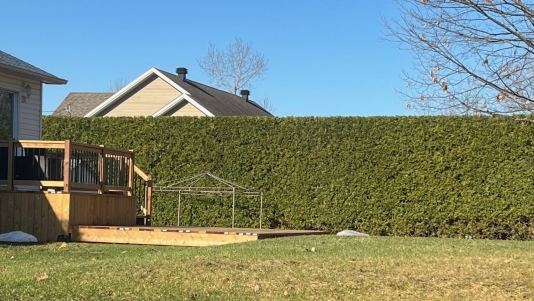Cultivated cedars VS. Wild Cedars
April 17th, 2020
Cultivated cedar, growing in working, fattening, loose soil and free from large debris, the root system can expand freely and uniformly, unlike wild cedar, which must establish itself in nature in a much less favourable environment and hostile. At the time of the transplant, the quality of the roots will be a significant element in ensuring the success of the project.
The cedar in breeding installed in the middle of a field will benefit from a full growth in a united and complete way due to the absence of nuisances. Wild cedars in nature, on the other hand, will have to contend with obstacles such as mature trees, a bush acting as a screen that deprives them of light, as well as invasive tall grass, all detrimental to quality, dense and vigorous foliage.
To finish the cedar of breeding him in an environment free from any competition will be able to profit from a complete and exact nutrition for superior results and a regular apartment in supplements favouring the constancy in the growth, as well as an adjustment of the precipitations if these are rare. The result will be impeccable quality cedar.
For its part, the wild cedars must remain the nutrients found in the forest, these being released on a less regular basis and at the whim of Mother Nature, leaving the trees much less advantaged. As for the water in nature, this is not controllable, leaving wild cedars often dry and in competition with more mature trees with more massive root systems.
In short hoping that these few lines will help you make your decision.




